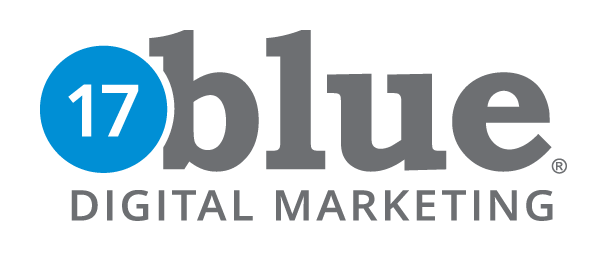Since Google’s 2012 announcement, we’ve known that not all links are created equal. But how does one know whether an inbound link (or backlink) is good for SEO or harmful? And if you find harmful links, what do you do about them?
What Makes a Good Link?

It’s important to remember that search engines want to provide users with quality content that is relevant to their search query. Your primary focus for link building should be to provide quality content that others want to link to.
According to the experts at MOZ, search engines use many metrics to determine the value of external links. They list metrics such as:
- The trustworthiness of the linking domain.
- The popularity of the linking page.
- How relevant the content is between the source page and the target page.
- What anchor text is used in the link.
- How many links to the same page on the source page.
- How many domains link to the target page.
- The amount of variations that are used as anchor text to links to the target page.
- The ownership relationship between the source and target domains.
A “good link” will come from a domain with a trustworthy history and popularity. The more relevant the page is to your content, the better. Ideally, your content should begin to draw attention and natural links. You want links to come from natural sources citing your content, not from link list pages or low-quality directories.
What Makes a Bad Link?

If you flip the above list on it’s ear… that will point pretty clearly to “bad links.” Google Webmaster Quality Guidelines offers a list of common examples of unnatural links that may violate their policies and result in penalties. They noted these and a few others:
- Text advertisements that pass PageRank
- Paid links that pass PageRank
- Low-quality directory or bookmark site links
- Widely distributed links in the footers or templates of various sites
- Forum comments with optimized links in the post or signature, for example:
Thanks, that’s great info!
– Paul
paul’s pizza san diego pizza best pizza san diego
A poor quality link that can potentially hurt your SEO can also include links from irrelevant pages or content, links from bad domain “neighborhoods”, spammy blog comments, and link exchanges. If the page has many links, poor reputation or spammy content, it is a poor quality link source. Google Webmaster Tools has a tool to check links to your site, and other tools like MOZ’s OpenSiteExplorer or HubSpot’s MarketingGrader help you find and rate links. Other backlink analysis tools include: http://www.majesticseo.com/, http://www.link-assistant.com/seo-spyglass/ and http://raventools.com/tools/.
What if I Have Bad Links?
If you find you have poor links, you may want to take steps to request removal of those links. It’s a process, but here are the steps to request removal.
- Find Contact Information for source site
- Contact the sites
- Request removal of the link
- Verify removal or contact again (up to 3 times to prove due diligence)
Once you’ve gotten as many removed as you can, you can utilize disavow for those you have left. It’s also important to begin working on new links that have high authority and value. Focus on quality content and meaningful (relevant) links from trusted sources.






